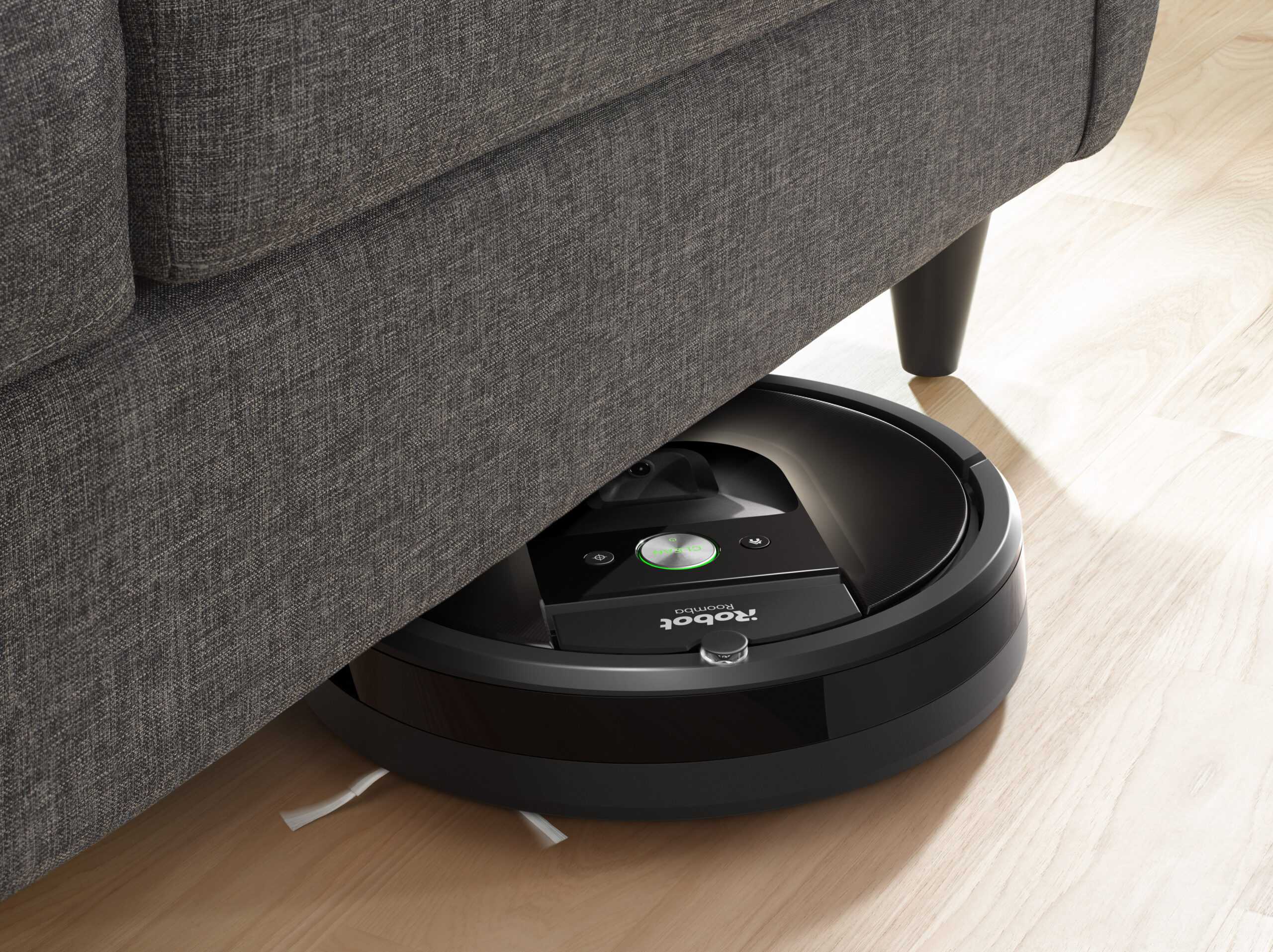Amazon has acquired iRobot, makers of Roomba, for $1.7 billion. The robotics company, founded by MIT roboticists, has been evolving its technology for the last 30 years with a primary vision to design a highly useful robot for the masses. The founders determined early on that the most useful robots are ones that can master a specific task – for example, Ariel was an early iRobot product that detected mines in surf zones. The company won a string of defense contracts for robots that can perform search tasks in dangerous combat zones. Then, in the new millennium, the company pivoted towards a mass market need: cleaning. After gutter cleaning, pool cleaning, and mopping, the company turned its talents to vacuuming and the Roomba emerged in 2011.
Robots, to date, have not proven to be versatile. Commercially successful robots are those that perform a single, repetitive task (painting a car, assembling circuit boards, and cleaning floors) more accurately and affordably than humans. Year after year at the Consumer Electronics Show, companies unveil the latest companion robots for home – ones that walk, talk, flash lights, and turn their heads in your direction. They are interesting and maybe cute, but not very functional. Roombas, as replacements for humans pushing vacuum cleaners, earn a solid grade for decent performance, but still fall short of the job performed by a person. Building a multi-tasking home robot that can do more than one thing well seems far in the distance. Perhaps Amazon thinks differently.
By acquiring iRobot, Amazon gains the best intellectual property, team, and market footing for a home robot. The Verge states that Amazon wants iRobot in order to map each person’s home, using Roomba’s front facing camera. Privacy concerns aside, Amazon is not so interested in knowing the layout of your home as it is in building a database of objects found in millions of homes that can be “learned.” The accuracy of artificial intelligence, after all, is based on large quantities of data that help train a computer. By teaching a computer what the inside of millions of homes looks like, Amazon may be able to build an intelligent, useful, multi-tasking robot. Apparently, such a device has market potential of more than $1.7 billion.
Amazon is banking on appetites for technology products, especially smart home products, to continue to grow over time. Interpret’s Smart Home Matrix surveys show a gradual increase in desire for the next home to come equipped with basic smart home technology. By the time Amazon creates the multi-tasking robot, Gen Zers may be ready to buy their first robots.




